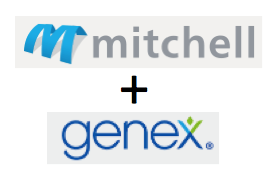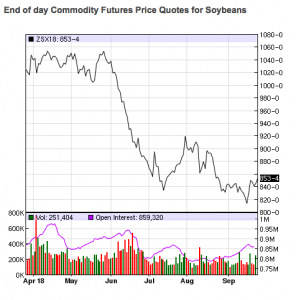Transporting work comp patients to and from medical visits, PT, IMEs, hearings and the like is a big business – big for worker’s comp that is.
At first blush, it looks like a perfect opportunity for Lyft and Uber (L/U)- they’ve got a gazillion drivers everywhere, a great service model, and they are much less expensive than the traditional work comp transportation services.
In fact, OneCall and Lyft announced a partnership over two years ago (interested to hear how that’s working out; if you know please comment below).
Here’s why I don’t think they’ll replace work comp-specific transportation companies.
- the big one – being late for or missing an IME is really, really expensive – the payer has to pay the IME doc the $1000 – $2000 anyway, rescheduling an IME incurs more indemnity, attorney, and other expense, and it makes adjusters nuts. The same is true for PT or other medical treatment – although not quite as bad.
- WC patients don’t all have smartphones, so figuring out which patients can access L/U is a necessary first step
- L/U drivers wait a maximum of 5 minutes – this doesn’t work for patients:
- with limited movement ability trying to get ready
- who aren’t really interested in making that IME appointment
- whose doctor appointments may run late
- L/U drivers aren’t going to go up to the patient’s door and help them get into the vehicle
- L/U drivers’ vehicles typically aren’t accessible for patients with limited physical ability
- Some WC patients aren’t native English speakers, and may require drivers to speak their language
- If you try to schedule a pickup for a time in the future, L/U typically don’t reach out to drivers until a few minutes before that pickup time – which may well not work for patients in remote areas
- which brings us to location – L/U work really well in metro areas, and not so much in more rural/suburban settings. So, schedulers may find L/U doesn’t have available drivers
- you can’t talk to a person at L/U – ever. Many WC transportation services involve a three-way call between the scheduler, driver, and patient; this is just not going to happen with the ride-sharing services.
- Some states regulate transportation fees, which may not work in the L/U pricing model.
- Finally, while the dollars are significant in WC, they really don’t amount to that much compared to other opportunities in Medicaid and Medicare. If you’re L/U, you’re going to focus on those payers and ignore WC.
This is not to say L/U won’t be part of the answer – I’m just suggesting that “part” may be pretty defined and not nearly as big as we may have thought a while back.
I’m sure there are other reasons – as well as arguments for L/U as successful disruptors. I look forward to hearing them.
What does this mean for you?
Once again, what looks simple isn’t because of the inherent complexities of work comp.




